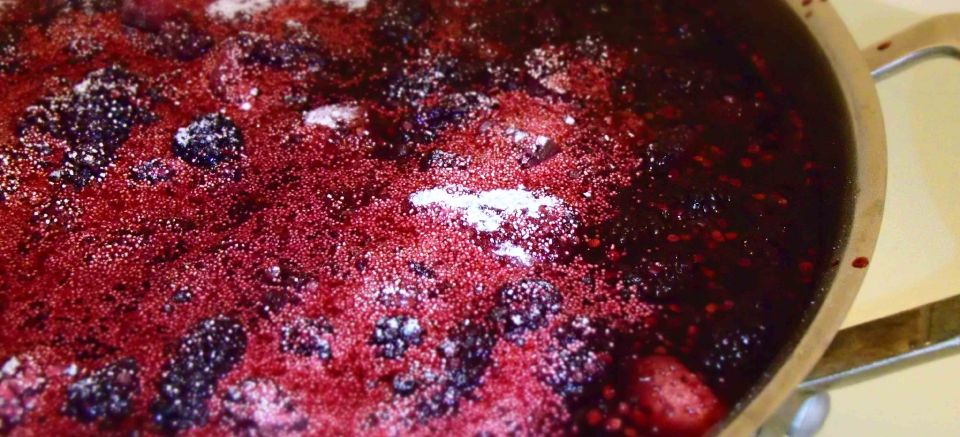Steps to properly rehydrate your yeast for your best wine ever!
Fighters train to ensure that they can go the distance. Marathon runners train to finish the race. Conditioning is important. In the process of fermentation, the yeast cells that are hard at work, are forced to endure an increasingly hostile environment. The winemakers job is to be certain they are in the best possible condition to perform and achieve the best possible result.
Here are a few easy steps to get your yeast in top condition for clean and complete fermentations:
First, make sure you have a reliable thermometer handy, and select a good hydration nutrient.
Go Ferm, a Scott labs product is an excellent choice and the industry standard. This product is engineered to make the yeast cells more resilient and to put them in top notch condition. It will enable yeast cells to stay strong in the later stages of the fermentation as alcohol levels increase and the environment becomes more hostile. Heat water (2 ounces for each 5 gallons of wine) to 110 degrees F. Add 1.5 grams of Go Ferm for each gallon of wine to be fermented. Mix into water and dissolve thoroughly. Wait 15 minutes, then add your selected yeast strain to the solution.
Now that nutrition is readily available to strengthen our yeast cells, lets add our yeast strain. Be certain to choose a yeast that best suits the conditions it must perform under. Temperature limitations and alcohol tolerance are the two most important considerations. Most manufacturers list these on their packaging or their web page. Now we can add our dry yeast to the slurry of water and Go Ferm. A temperature of 104 F is optimal for yeast rehydration. Mix well and wait 15 minutes.
We will now acclimate our yeast to the juice/must that it will be introduced to. Do not just pour the yeast into your juice or must.
First measure the temperature of your juice/must to be fermented.
For simplicity sake, lets assume we have started with 10 ounces of water create our yeast slurry. 15 minutes after we have rehydrated the yeast, we will introduce 3 ounces (30% of the original volume of water used) of our juice/must into the slurry.
We will then wait an additional 15 minutes to add another 3 ounces of juice/must to the yeast slurry. We will continue this process until the temperature of our yeast slurry matches the temperature of our juice/must. At that point we will have acclimated the temperature of our yeast slurry to the juice or must we are fermenting, and can now introduce our yeast slurry to the entire batch of juice or must.
These few easy steps take a little time to execute properly, but it will be time well spent and result in a clean, healthy fermentation.
Cheers!






